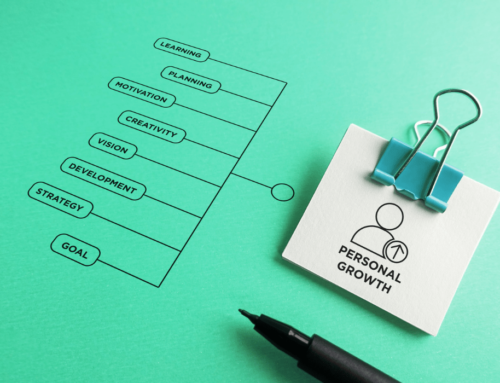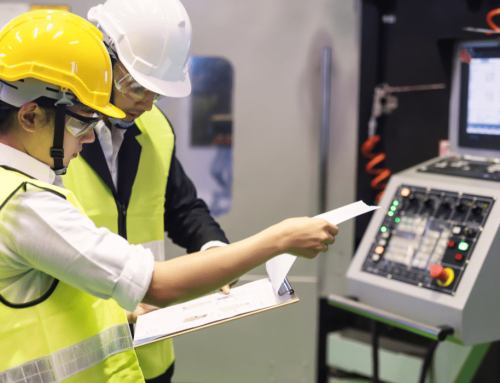Your customer service department has received six complaints in the past week about a new product your company has just released. Every department in your company had a hand in seeing the product to its final design and release stages, and the root cause of the complaints are not easily identifiable.
The gut reaction for most companies is for departments to start pointing fingers at one another, or for one or more departments to immediately jump into action. As you probably know, neither of these solutions are ideal if you want to get to the root cause of the problem.
For issues like these and others, many companies are implementing Control Rooms (or Obeya).
Control Room Use
There are many different ways to use a Control Room, but the essential ingredient to each is teamwork. Control Rooms provide a space for management teams (and others) to collaborate and problem solve without getting too caught up in the details.
These rooms should be centrally located for easy access of all participants and extremely visual. Control Rooms should include images of charts, drawings, plans, ideas, etc. that line the walls. The mission of the company should be prominent, as well as current customer issues and competitor tactical moves. Key challenges and business performance metrics are also important pieces of data to have readily available inside the Control Room. Post-It notes can often be found littered on top of these documents, adding value to ongoing projects and goals.
There are a number of different ways Control Rooms help push a company forward.
How They Help
Problem Solving
Before a customer complaint or problem can be resolved, there needs to be a clear definition of what the problem is. Control Rooms provide a dynamic and creative environment for management teams to discuss ongoing problems. Each member of the team can discuss what their methods are and why they use them.
The focus of these conversations is usually on identifying quality issues by reviewing quality measures and developing a plan to address them moving forward.
Strategy and Planning
Control Rooms provide a space for a company to think deeply about strategies and plan for the future. They are not intended to be a space to review progress or priorities in detail. Rather, these rooms are meant to provide space for companies to discover new methods and opportunities for company growth.
During these conversations, it is important to identify some of the following:
- What is the goal of the discussion?
- What is the problem we want to solve?
- Who will we benefit?
- What decisions and changes do we need to make in order to create a new product?
- What will we gain by taking on this project?
Asking questions like these up front helps frame the conversations and keep participants on task.
As companies track the progress of their teams through the use of Control Rooms, they often see improved results, increased teamwork and trust, a deeper understanding of the problems their company is facing, and an increased knowledge of how to address those problems as they arise. Indeed, companies who have implemented vibrant and dynamic Control Rooms have reaped the benefits of offering creative space for their teams to easily collaborate with one another.
About Lean Learning Center
The Lean Learning Center was founded in 2001 to address the gaps and barriers that are holding back companies from successful and sustainable lean transformation. In addition to the advanced curriculum, the Center has developed a learning environment designed specifically for adult learning utilizing techniques that include discovery simulations, case studies, personal planning, and reflection – ultimately engaging people at a deep and personal level. We bring our unique lean understanding in creative ways to executives, managers, supervisors, change agents and front-line employees.
info@leanlearningcenter.com
Phone: 248-906-8605




